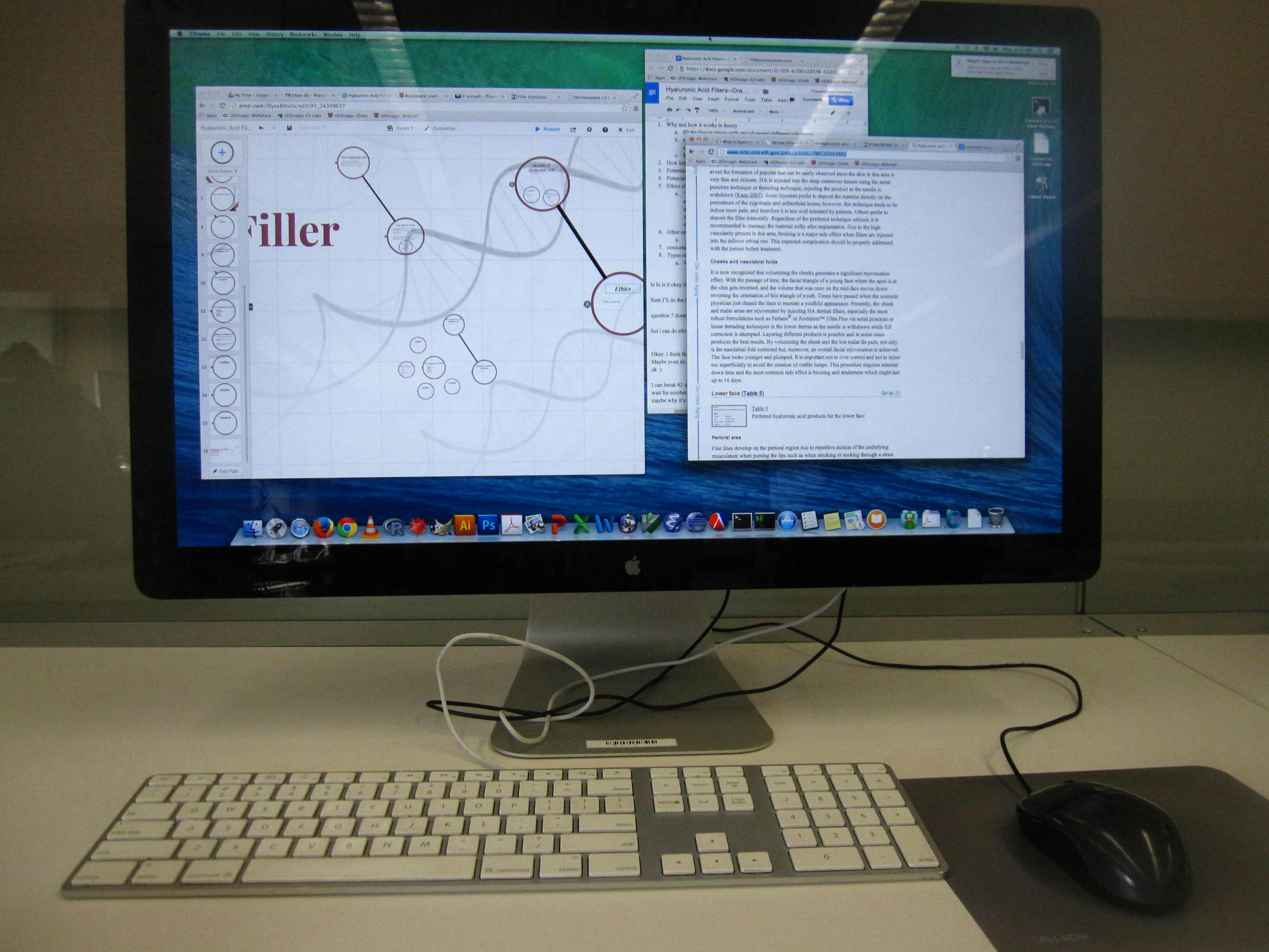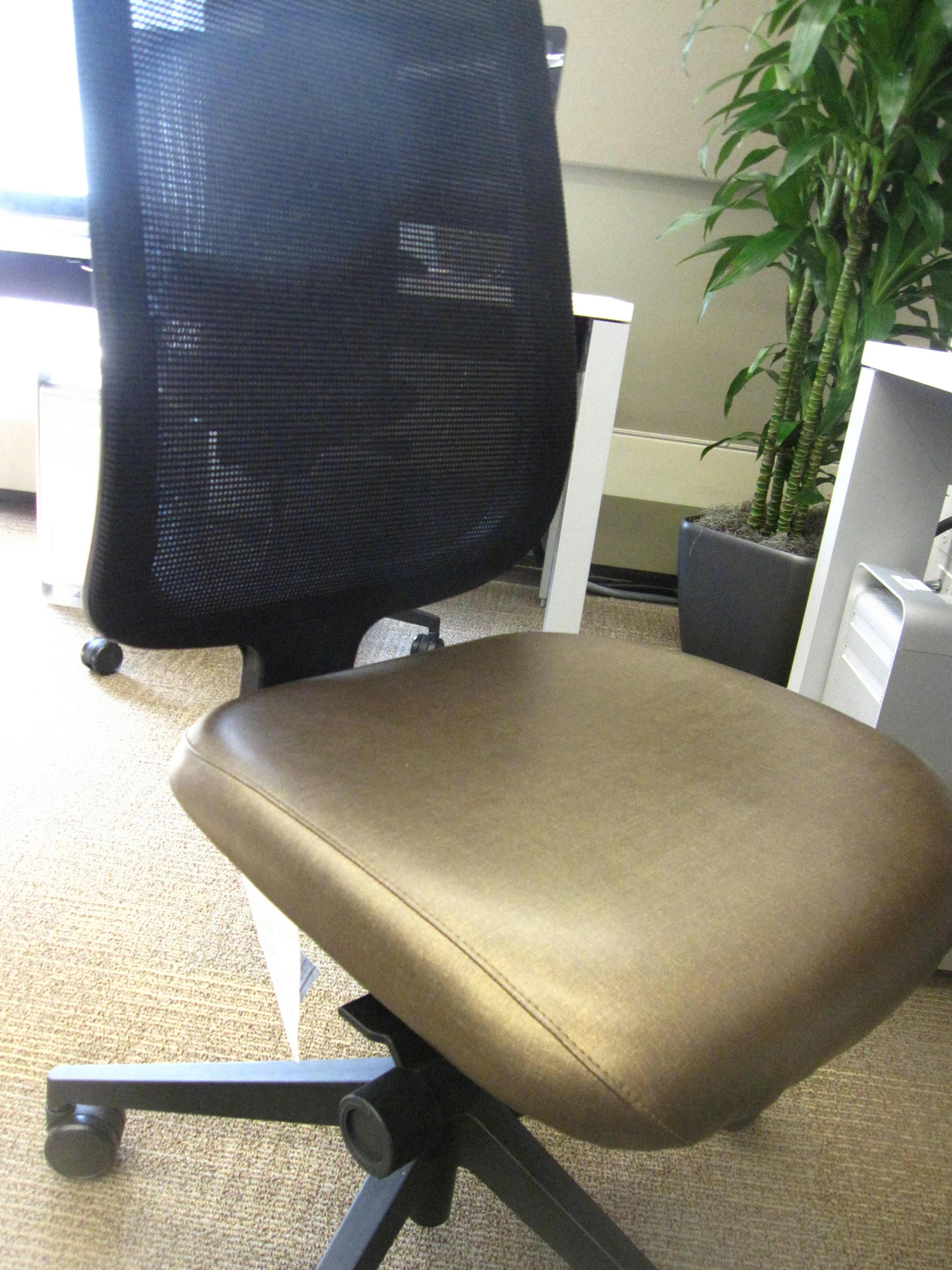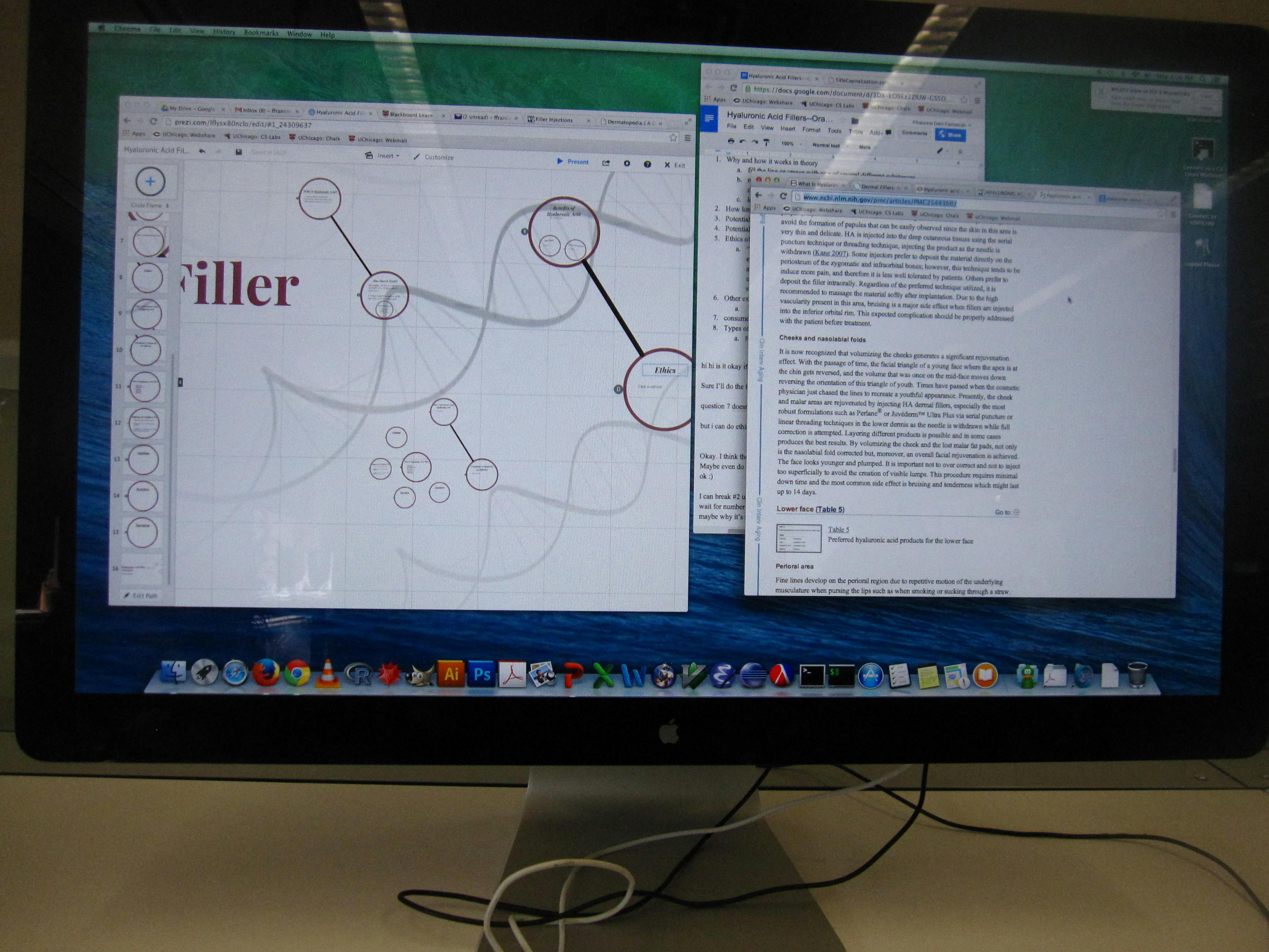Because students can either put $20 towards printing on their card or
go to the library to put a more reasonable amount of money on it (reasonable for me, at least. I only have a week left here!), I left the dorms early this morning to go to Crerar, the scientific
library. Halfway there, I realized I had my money in my other bag! I speed walked back to the dorms and to the library, and thankfully made it to class with a minute
to spare.
Despite my unlucky start, the rest of the day was pretty good. I
presented a Biotech in the News article before the lecture today. It was about
the very recent sequencing of African rice, which has drought-resistant
properties, and wild South American tomato, which has genes linked to drought-resistance,
fruit development, and ripening. The South American tomato is already being
interbred with the common tomato to develop tomatoes scientists hope are
tastier and more stress-resistant. The sequencing of these genes will lead to
the green revolution the article talked of: the creation crops requiring less
water, fertilizer, and pesticides. My article was actually a great segue to the
lecture, which was about the methods, applications, health, and environmental
concerns of plant biotechnology.
 |
| Seedless watermelon, a polyploidy plant |
We talked about past agricultural techniques such as cross breeding (did
you know popcorn has been eaten for 6,000 years?) and artificial selection,
polyploidy plants that have a higher amount of chromosome sets than normal
(like seedless watermelon), plant transgenesis (the direct transfer of genes to
plants), the agricultural revolution currently happening that involves the
engineering of drought-, cold-, and salt-resistant plants, among other
modifications. Dr. Schonbaum discussed the methods using in plant transgenesis
like cloning (like the leaf fragment technique, chloroplast engineering, antisense
technology, and use of gene guns), and the vaccines, genetic pesticides, and
herbicide resistance this field could result in.
After class, we went to the lab, where we neutralized E. coli by
infecting it with the bacteriophage T4. It was a fast lab; the whole class
finished in less than an hour.
As usual, lunch was spent at the Dining Commons. Once
in class an hour later, we discussed our two reading assignments, “Intoxicated
on Independence: Is Domestically Produced Ethanol Worth the Cost?” and “Biofuels.”
The discussion was a lot of fun. We talked about our stance on the environment
and what we think will force people to realize that things must be done. Some people,
like me, believe that every little scrap of paper or bottle recycled does in
fact make a difference, while there are those in the class that think that one bottle
does nothing to stop the environmental effects other people are doing on Earth.
At around 2:30 PM I went to the Crerar library to work
on the PowerPoint I’ll be presenting with April on Thursday. We were so productive!
I have to admit that the enormous computer screens that let you see multiple
windows on at once were greatly helpful. The chairs are also really
comfortable! The computer lab is now one of my favorite places on campus.
 |
| One beautiful, beautiful computer |
 |
| One of the best chairs you'll ever sit in |
April left the library early, so I went to the
bookstore to relax after finishing my work. I browsed through books, clothes,
and stuffed “cells” before making my way back to the dorms.
 |
| So cute! |
My evening, as usual, was a mixture of eating,
talking, and working with other people. I learn more and more each day I spend
here—not only about my class, but about myself and how to manage time and when
to socialize. This trip is an eye-opener in many ways.


I really like the sound of the article you found. It shows an incredibly important application of biotechnology to help solve some of the biggest issues today. Good work finding it!
ReplyDelete